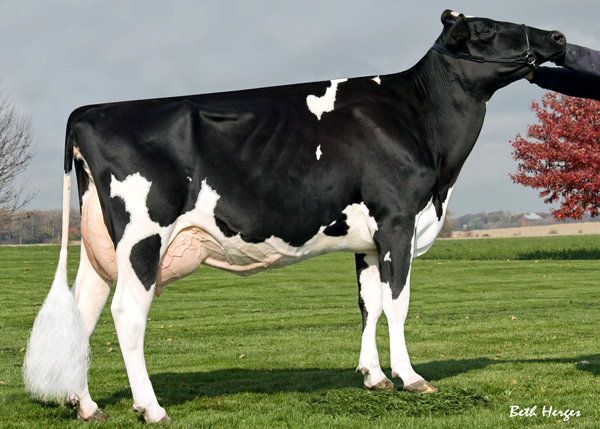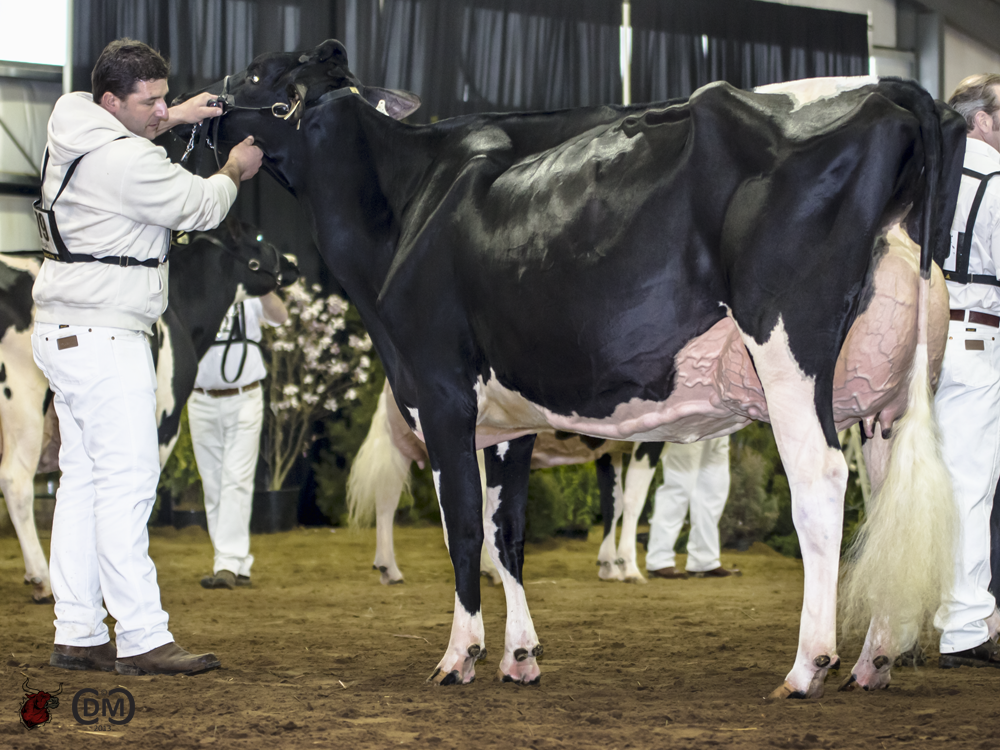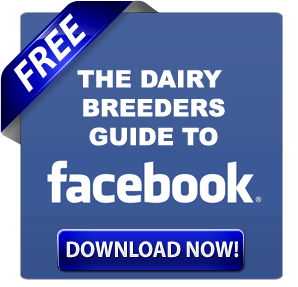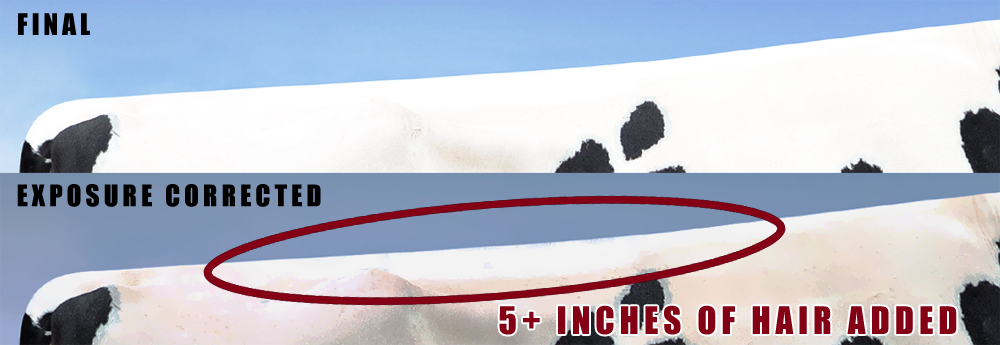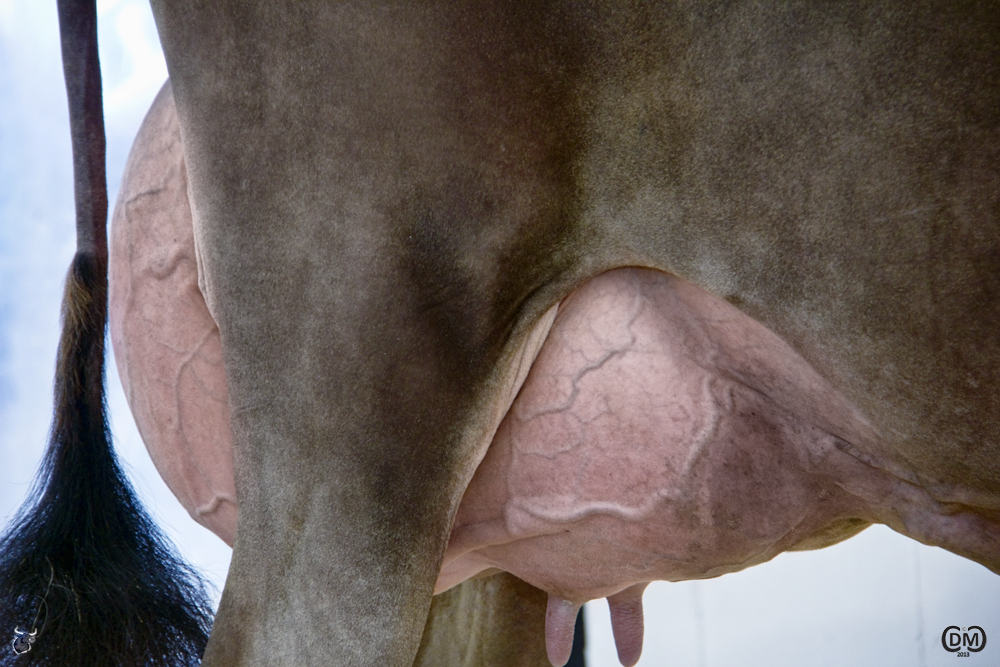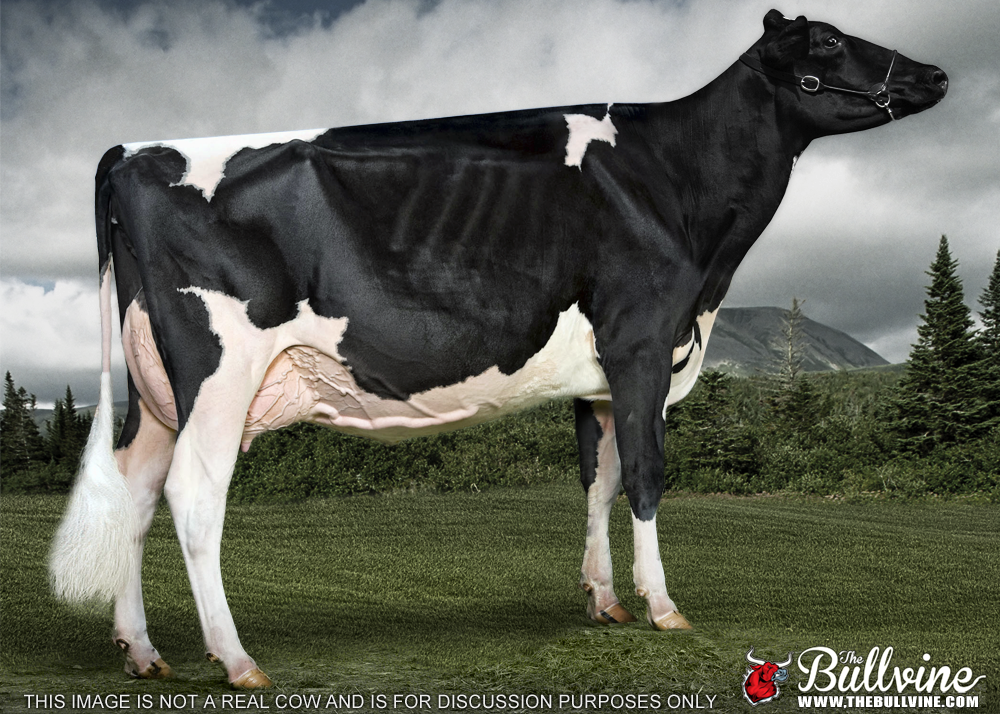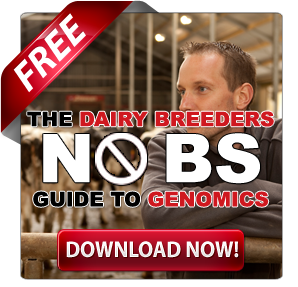Discover the top 12 Bullvine articles of 2024, featuring insights and controversies that are transforming the dairy industry. Ready for a fresh perspective?
Staying informed is more important than ever in the fast-changing world of dairy farming. This year, The Bullvine has become a leader, pushing boundaries and sparking conversations in the global dairy community. Our top twelve articles of 2024 weren’t just stories; they were sparks for discussion and change, offering essential insights and raising questions that made us think differently. These pieces are unique because they take complex topics and explain them with a twist that engages both experienced dairy farmers and industry professionals. Each article on The Bullvine, such as the Jersey vs. Holstein profitability comparison or the journey of Mr. Wijnand Pon, uses in-depth industry knowledge and innovative analysis to question traditional beliefs in the dairy farming sector. Your role in shaping the future of dairy farming is crucial, and these articles are designed to empower you with the knowledge and insights you need.
“From exciting profiles of industry leaders to exploring the dark side of the dairy business, these articles don’t just highlight trends—they set them!”
Each article is a unique exploration, whether comparing the profits of Jersey and Holstein breeds or uncovering tales of crime in the dairy world. These articles prompt you to ponder the industry’s future direction and our role in shaping it, as well as provide a deeper understanding of what’s shaping the present and future of dairy farming. They are not just stories but powerful tools that can influence the trajectory of the dairy industry.
#12. How Hanover Hill Holsteins Revolutionized the Dairy Breeding Industry
Hanover Hill Holsteins changed the Holstein world with their commitment to top-quality genetics and big dreams. This story unfolds through the teamwork of Peter Heffering and Ken Trevena. Together, they made waves in the dairy industry. Their journey is like a guide to imaginative breeding and innovative farm management. They created cattle that broke records and set new industry standards. Peter Heffering’s love for farming started in 1945 during a memorable summer on Chuck Waustlich’s farm in Woodstock, Vermont. He studied animal care at New York State University, which prepared him for an essential role at Beacon Milling Company’s Holstein farm. He played a key part in the breeding program through innovative cattle buys. On the other side, Kenneth Wesley Trevena led a dairy farm in Concord, New Hampshire, before joining Beacon Farm. Trevena and Heffering formed a partnership, which became the foundation of Hanover Hill’s lasting success.
(Read more: https://www.thebullvine.com/breeder-profiles/how-hanover-hill-holsteins-revolutionized-the-dairy-breeding-industry/)
#11. STUD WARS: Which AI Company Holds the Power in the Dairy Cattle Genetics Universe
The field of dairy cattle genetics is going through an exciting change. Big companies like STgen, Select Sires, and Semex are leading the way. New companies like Blondin Sires and Ascol are becoming popular in different areas. Although traditional performance markers like TPI and NM$ are still important, there’s a focus on more specific breeding areas like Red & White, Polled, and genomic sires. Companies like Validity Genetics are making significant progress, especially in the genomic Polled category, showing a competitive and varied market. The intensifying competition among Artificial Insemination companies underscores the rising significance of niche areas and innovative genetic solutions, reshaping the power dynamics within the dairy cattle genetics realm.
(Read more: https://www.thebullvine.com/a-i-industry/stud-wars-which-ai-company-holds-the-power-in-the-dairy-cattle-genetics-universe/)
#10. The Untold Story of K-Kuipercrest Inspir Ardath: The Greatest Holstein That Never Was
K-Kuipercrest Inspir Ardath’s story teaches us about the lost potential of dairy cattle in the competitive world. This story covers pedigrees, evaluations, and big-money decisions, showing the balance between passion and practicality. From Ed Morwick’s doubts to David Brown’s challenging pricing, every choice and deal shaped Ardath’s missed promise. The focus on vet checks, insurance, and legal deals shows the need for good planning and strong partnerships. Ardath’s journey warns of the dangers of pride and highlights the importance of protecting efforts with smart decisions and humility. This story serves as a poignant reminder to balance enthusiasm with prudence to prevent missed opportunities due to misguided connections and misplaced values.
(Read more: https://www.thebullvine.com/donor-profile/the-untold-story-of-k-kuipercrest-inspir-ardath-the-greatest-holstein-that-never-was/)
#9. How Trump’s Re-Election Will Redefine the Dairy Industry
With Donald Trump’s win in the 2024 Presidential Election, a new time begins in dairy regions like Wisconsin. His plans to boost industries and cut federal rules bring significant challenges and new chances for dairy farmers. There might be fewer rules and more tax cuts, which could help with money problems. On the world stage, Trump’s actions could change trade partnerships, affecting how dairy products are sold abroad. The dairy industry must consider how these changes impact their work and future growth.
(Read more: https://www.thebullvine.com/politics/how-trumps-re-election-will-redefine-the-dairy-industry/)
#8. How Huronia Centurion Veronica 20J Redefined the Jersey Breed
Huronia Centurion Veronica 20J is a shining star in the dairy world. This excellent cow won three grand champion titles at the World Dairy Expo from 2004 to 2006 and even the supreme champion award in 2006. Raised by the Armstrong family at Huronia Jerseys in Ontario, Canada, Veronica’s success grew with help from Ernie Kueffner, Terrie Packard, and Arethusa Farms. Fred Armstrong, who received Jersey Canada’s Master Breeder Award, planned many successful breeding matches with Veronica. In 1998, he bought Genesis Renaissance Vivianne, who, even as a young cow with an udder problem, scored VG-87 and became a top Jersey Canada Star Brood Cow. Veronica’s family line often wins top prizes. Some standout descendants are Elliots Golden Vista, Arethusa Primetime Déjà Vu, Arethusa Veronicas Dasher, and Arethusa Veronicas Comet. Veronica passed away in 2016, but her influence on the Jersey breed is still strong today.
(Read more: https://www.thebullvine.com/donor-profile/how-huronia-centurion-veronica-20j-redefined-the-jersey-breed/)
#7. Why Most US Dairy Farmers Lean Republican: A Look Into the Numbers and Reasons
Most US dairy farmers identify as Republicans. This choice is connected to economic, social, and cultural reasons. Economic issues like tariffs and trade policies are essential, as are shared social values. These political choices affect how farmers run their farms and their attitudes toward the government. For example, in the 2020 election, 75% of counties with large dairy farms voted Republican, and 71% of federal contributions from the dairy industry went to the GOP. The political leanings of dairy farmers have evolved from the New Deal era of the Great Depression to today, influenced by factors such as tax cuts and farm subsidies. These policy impacts demonstrate how outside factors influence party allegiance.
(Read more: https://www.thebullvine.com/dairy-industry/why-most-us-dairy-farmers-lean-republican-a-look-into-the-numbers-and-reasons/)
#6. ABS Acquires De Novo: Strategic Move for Sale or Survival?
The agribusiness world is buzzing about ABS Global buying De Novo. ABS’s acquisition of De Novo has sparked discussions about its plans. Following some job cuts, there is speculation about whether ABS is facing financial difficulties or strategically enhancing its appeal to potential buyers. Some rumors say that Genus, ABS Global’s parent company, might be preparing to sell to Chinese buyers interested in their pig-related products. At the same time, other big companies like URUS and STGen might want to buy ABS’s beef and dairy businesses. In agriculture, big business takeovers often show that changes are coming. This deal raises important questions: Is ABS trying to keep its best talents, change its market strategy, or get ready to sell? As part of Genus PLC, which works on pig genetics and biotechnology, ABS aims to make pig production more efficient, creating interest from China due to its need for protein. This move may make ABS more appealing to future buyers or a better fit with Genus’s focus on pigs.
(Read more: https://www.thebullvine.com/a-i-industry/abs-acquires-de-novo-strategic-move-for-sale-or-survival/)
#5. The Dark Side of the Dairy Business: Seven Notorious Criminals in the Dairy Industry Unveiled
Deception and illegal activities have hurt the dairy industry, causing significant financial losses for hardworking farmers. One of the most notorious people, Lercy Austin, managed to escape capture for years while stealing livestock. Former veterinary surgeon Dr. Morley Pettit was also in trouble for fraud linked to his tricks in getting livestock. He convinced farmers to send him purebred animals, only to sell them cheaply. Finally, justice caught up with him, and after his release, two Michigan dairymen made sure he paid for his actions again. In 1935, Duncan Spang lost his membership in the Holstein Association due to several wrongdoings, leaving him with a bad reputation. Jack C. Miller was known for trading bull semen illegally, with no respect for the law. Once a respected Holstein breeder, Gordon Atkinson fell from grace through complex fraud schemes, making $12 million dishonestly instead of facing arson charges.
(Read more: https://www.thebullvine.com/the-bullvine/the-dark-side-of-dairy-business-seven-notorious-criminals-in-the-dairy-industry-unveiled/)
#4. Breaking Down Blondin Sires’ Meteoric Rise in the AI Industry
Blondin Sires, a leading AI dairy company in Canada, has grown its market share from 2.8% in 2022 to 4.9% in 2023. This 75% increase comes from innovative strategies, new genetic ideas, strong partnerships, and quick decisions. Blondin Sires started to fix the lack of top bulls. They overcame early challenges by creating stud codes and good distribution routes. Using genomics and social media
(Read more: https://www.thebullvine.com/a-i-industry/breaking-down-blondin-sires-meteoric-rise-in-the-ai-industry/)
#3. Why Fake Dairy Cow Photos are Hurting the Industry: Time for Change
This article delves into the growing problem of editing photos in dairy cow photography. It’s not just the backgrounds that some photographers alter; they also edit the cows. This unethical practice raises serious concerns about honesty and calls for stricter rules. The Dairy Marketing Code of Conduct underscores the importance of honesty, prohibiting the dishonest editing of photos and establishing clear rules for trust between farmers and buyers. Upholding ethical standards ensures that the images we see and the animals we buy are reliable, and this is a crucial aspect of the dairy industry that we must all consider.
(Read more: https://www.thebullvine.com/the-bullvine/why-fake-dairy-cow-photos-are-hurting-the-industry-time-for-change/)
#2. The Inspiring Journey of Mr. Wijnand Pon: From Dairy Farmer to Global Industry Powerhouse
Mr. Wijnand Pon’s journey is fantastic and inspiring. Coming from a family involved in the trading business, Pon made a significant and surprising move into the dairy farming industry. He had no farming background, driven only by his love for nature and agriculture. He started by buying a small farm, where he quickly succeeded, showing a natural skill for dairy farming.
Pon played a crucial role in bringing top Holstein genetics to the Netherlands, changing local dairy practices, and establishing himself as a significant figure in the industry. His focus on innovation led to meaningful partnerships with major breeding organizations, leading to the purchase of Alta Genetics. This helped create URUS, which delivers modern, customer-focused solutions.
Apart from his business success, Pon is very dedicated to sustainable farming. His Come On Foundation supports global conservation and ecological restoration efforts, showing his commitment to positively impacting the environment. Pon’s forward-thinking approach has been recognized, as he was named the 2020 International Person of the Year at the World Dairy Expo. His story showcases innovation, leadership, and a strong commitment to sustainable advancement in agriculture.
(Read more: https://www.thebullvine.com/dairy-industry-professionals/the-inspiring-journey-of-mr-wijnand-pon-from-dairy-farmer-to-global-industry-powerhouse/)
#1. Jersey vs. Holstein: Which Dairy Breed Delivers Greater Profitability for Farmers?
Jersey and Holstein cows are in the spotlight in the battle for which dairy breed is more profitable. Holsteins is famous for its high milk and component production. This helps them cut down on costs, earning an extra $456 per cow each year. But don’t count the Jerseys out yet. They are improving their milk production and are great at turning feed into energy, making 1.75 pounds of energy-corrected milk for every pound of dry matter. This sustainability focus positions Jersey as a strong competitor, mainly due to its positive environmental impact and efficient use of resources. To reach the same production goals, Jerseys use 32% less water, 11% less land, and 21% less fossil fuels. This is very appealing to farmers who care about being sustainable.
(Read more: https://www.thebullvine.com/the-bullvine/jersey-vs-holstein-which-dairy-breed-delivers-greater-profitability-for-farmers/)
The Bottom Line
Bullvine’s articles from 2024 offer lots of different viewpoints that show how complex the dairy industry is becoming. Each story contributes to a broader discourse on sustainability, ethics, and financial aspects in the dairy industry, from the profitability of Jerseys and Holsteins to the challenges of fake cow photos. You see success stories and warnings that can teach lessons for small family farms and large-scale operations.
Reflect on the impactful journeys of individuals like Mr. Wijnand Pon and exceptional cows such as Huronia Centurion Veronica 20J within the industry. These stories celebrate innovation while serving as poignant reminders of the challenges in advancing the dairy industry. They show how changes within the AI industry and company purchases are necessary for staying ahead in a challenging market.
It’s intriguing to explore why dairy farmers tend to have a particular political leaning and to delve into the shocking stories of crime within the industry. These stories prompt us to reflect deeply on the moral obligations of individuals involved in the dairy sector. This reflection could influence future policies and cultivate a community that prioritizes honesty.
Leveraging these insights to build a stronger and more equitable dairy industry is imperative. Balancing respect for the past with strategic planning for the future is essential for industry development. How will you contribute to driving change or observing from the sidelines? Your involvement is crucial in shaping the future of the dairy industry.
Key Takeaways:
- Profitable Breeding: Uncover which dairy breed, Jersey or Holstein, truly boosts the bottom line for farmers.
- Inspirational Leadership: Journey from local farming to a global dairy powerhouse with Mr. Wijnand Pon.
- Authenticity Matters: Understand how fake dairy cow photos damage the industry and why change is crucial.
- Innovative AI Trends: Explore Blondin Sires’ rapid growth and its implications for the AI sector.
- Industry Exposé: Delve into the criminal elements in the dairy world that challenge ethical standards.
- Strategic Business Moves: Examine ABS’s acquisition of De Novo, navigating the landscape of survival and growth.
- Political Leanings: Analyze why US dairy farmers predominantly align with the Republican party.
- Breed Transformation: Celebrate Huronia Centurion Veronica 20J, reshaping the Jersey breed.
- Missed Legends: The intriguing narrative of K-Kuipercrest Inspir Ardath, a Holstein icon that never was.
- Genetic Power Struggle: Find out which AI company reigns supreme in the genetics arena.
- Generational Impact: Discover Hanover Hill Holsteins’ profound influence on the dairy breeding community.
- Market Shifts: Consider the broader impacts of Riverview Dairy’s expansion on smaller farms.
Summary:
Throughout 2024, The Bullvine has been a beacon of insight, unraveling the dairy industry’s complexities with compelling narratives and analysis. From exploring the profitability of Jersey versus Holstein breeds to sharing Wijnand Pon’s inspiring rise from a dairy farm to industry prominence, these stories challenge traditional industry perceptions. They spotlight modern concerns such as the authenticity of cow imagery and uncover the industry’s shadowy figures, advocating for transparency and integrity. Articles also delve into strategic shifts like ABS’s acquisition of De Novo and Riverview Dairy’s expansion, which threatens small farms. With US dairy farmers tending Republican, this collection of pieces offers a rich tapestry of tradition, innovation, and global influences, providing dairy professionals with food for thought and proactive insights.
 Join the Revolution!
Join the Revolution!
Bullvine Daily is your essential e-zine for staying ahead in the dairy industry. With over 30,000 subscribers, we bring you the week’s top news, helping you manage tasks efficiently. Stay informed about milk production, tech adoption, and more, so you can concentrate on your dairy operations.







 Join the Revolution!
Join the Revolution!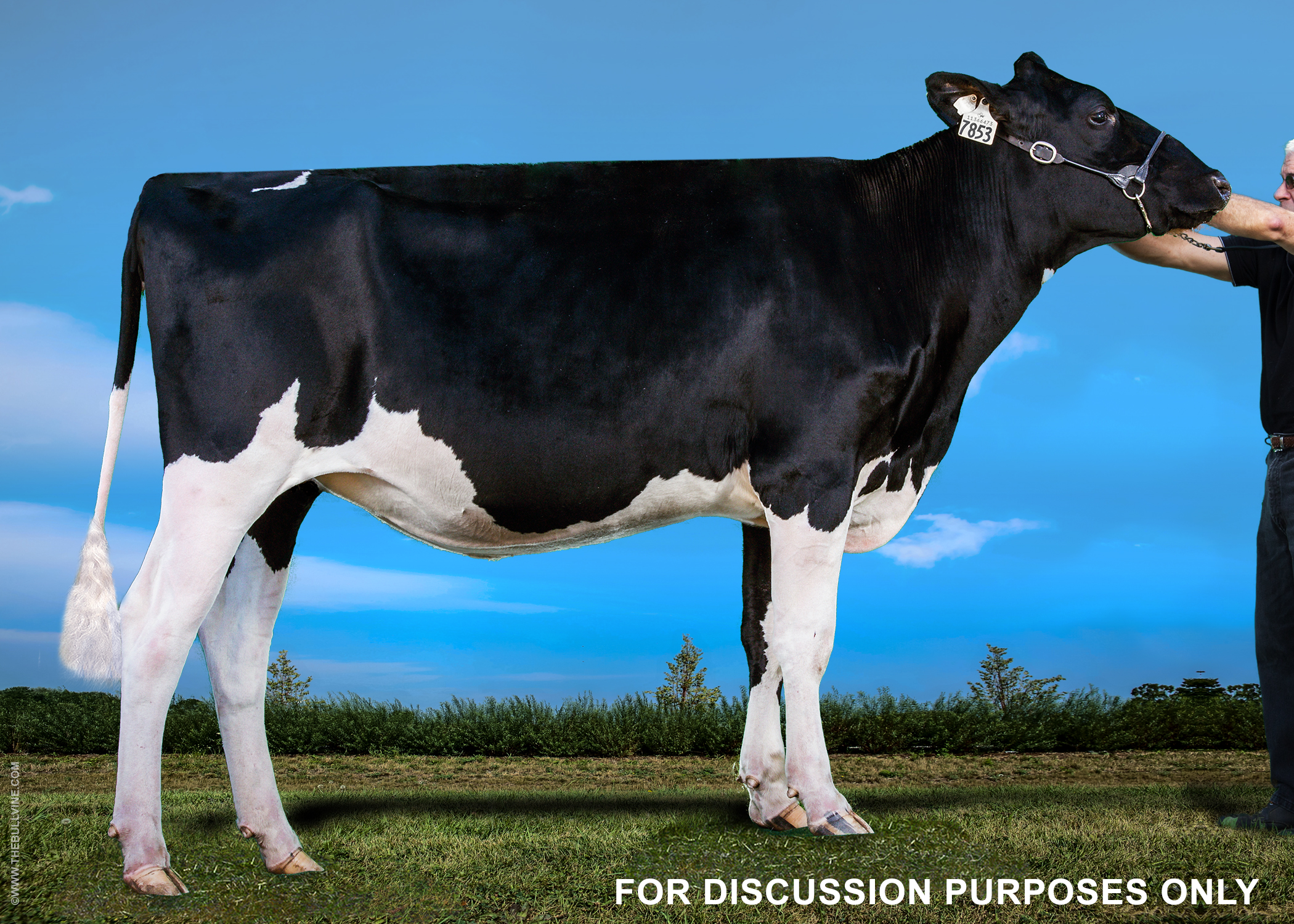

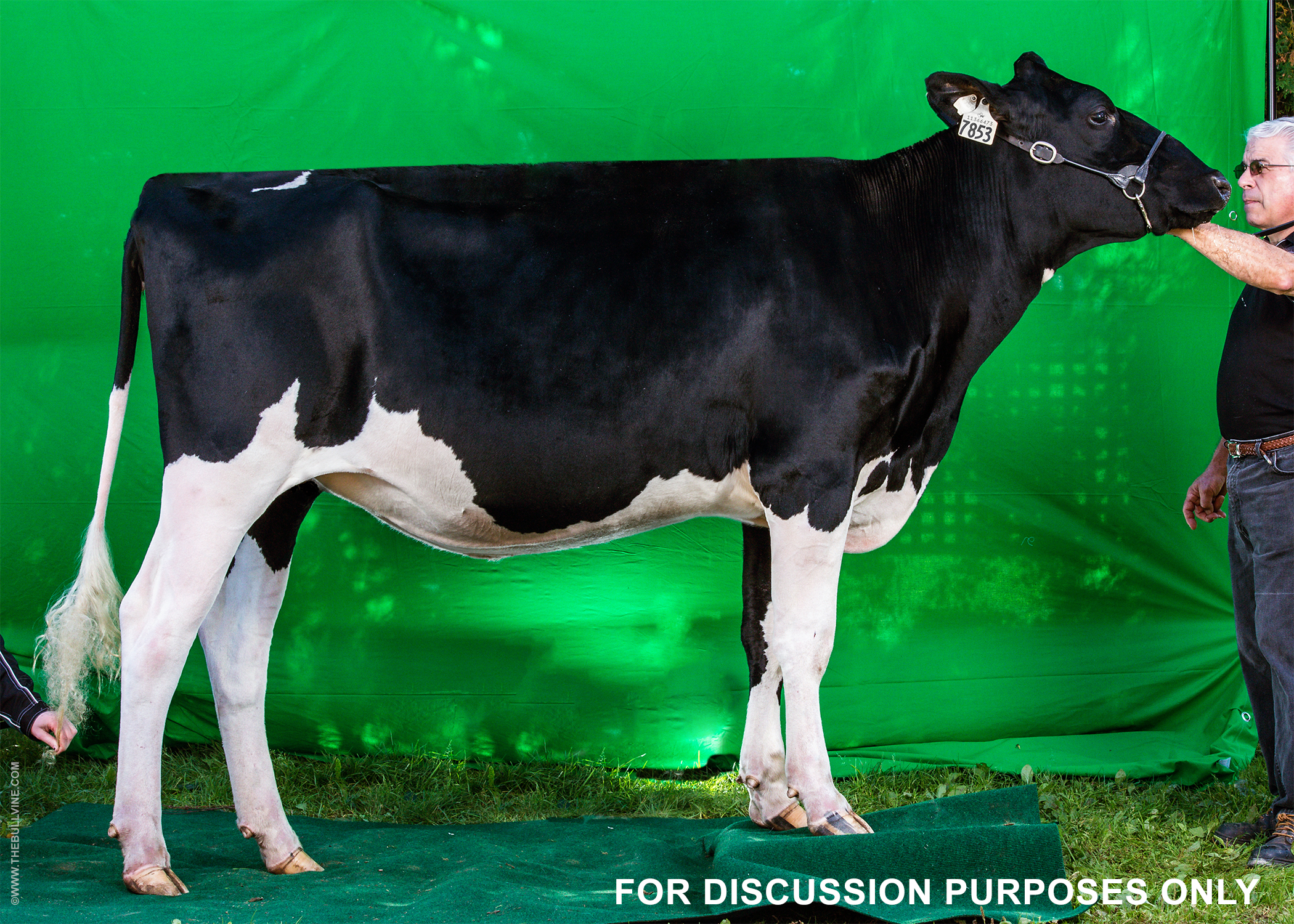
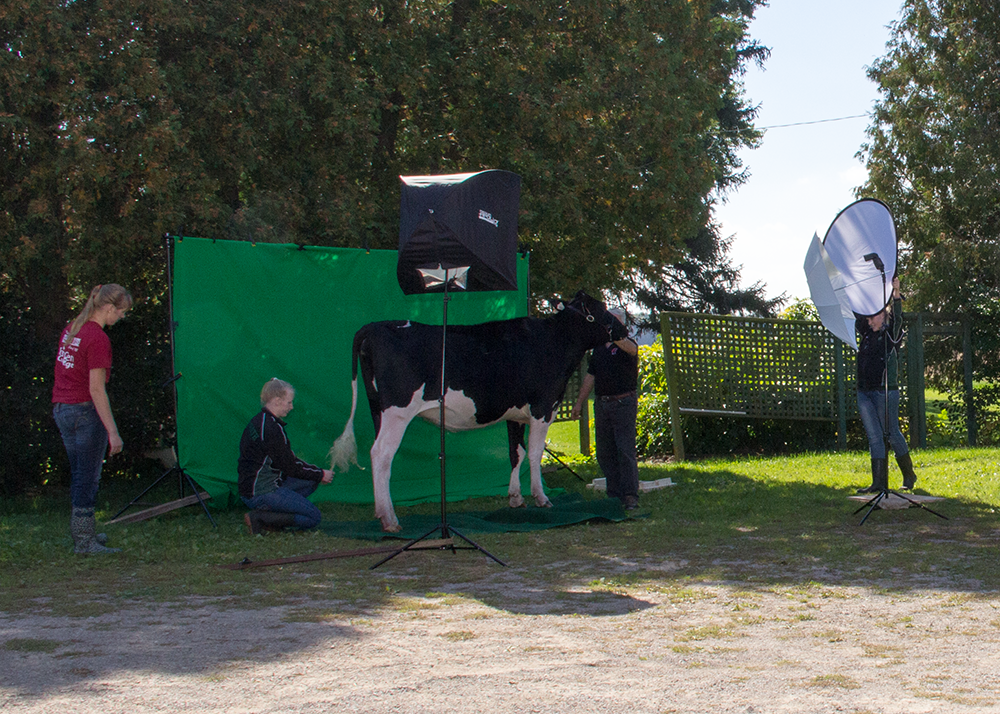
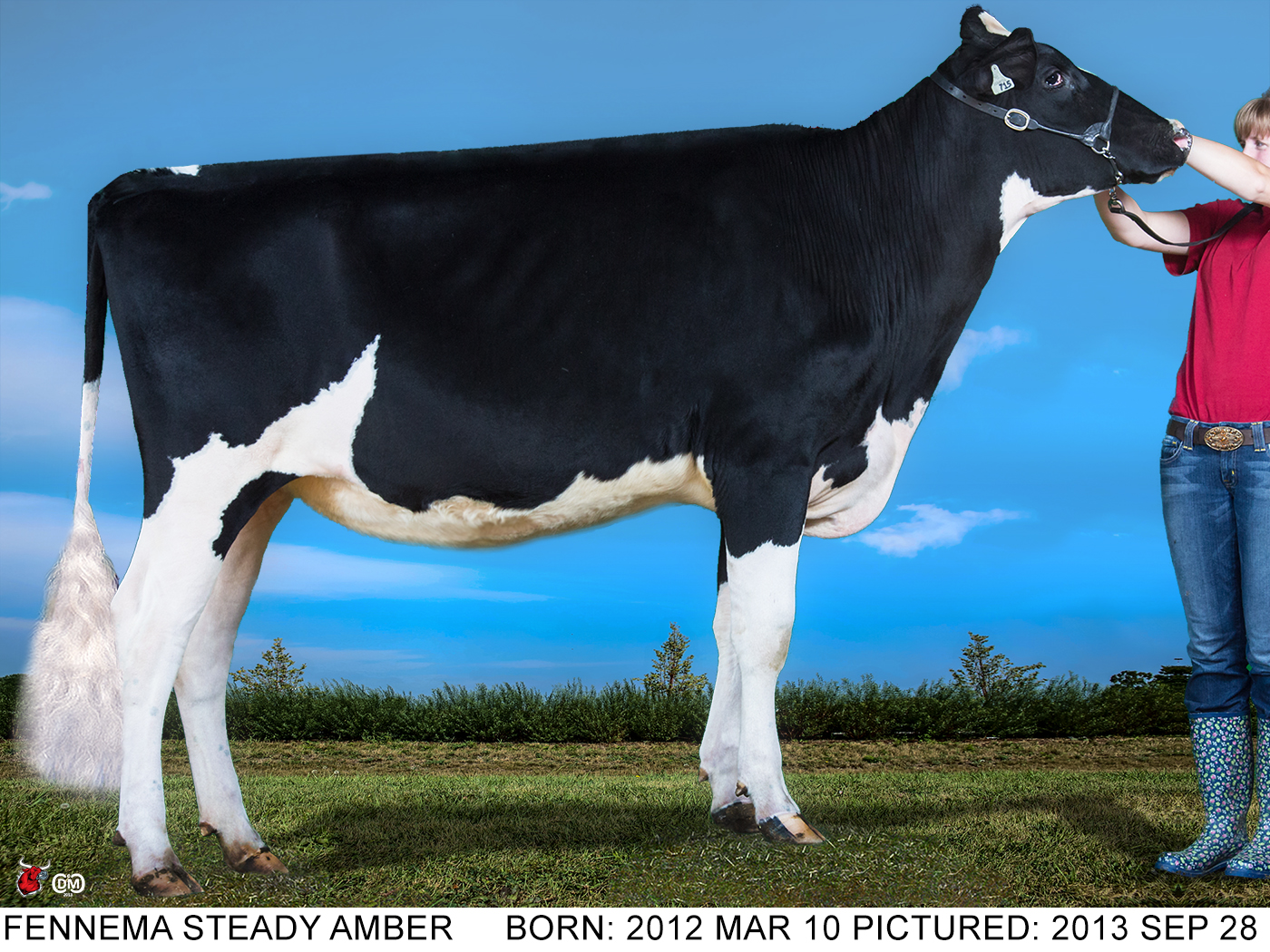
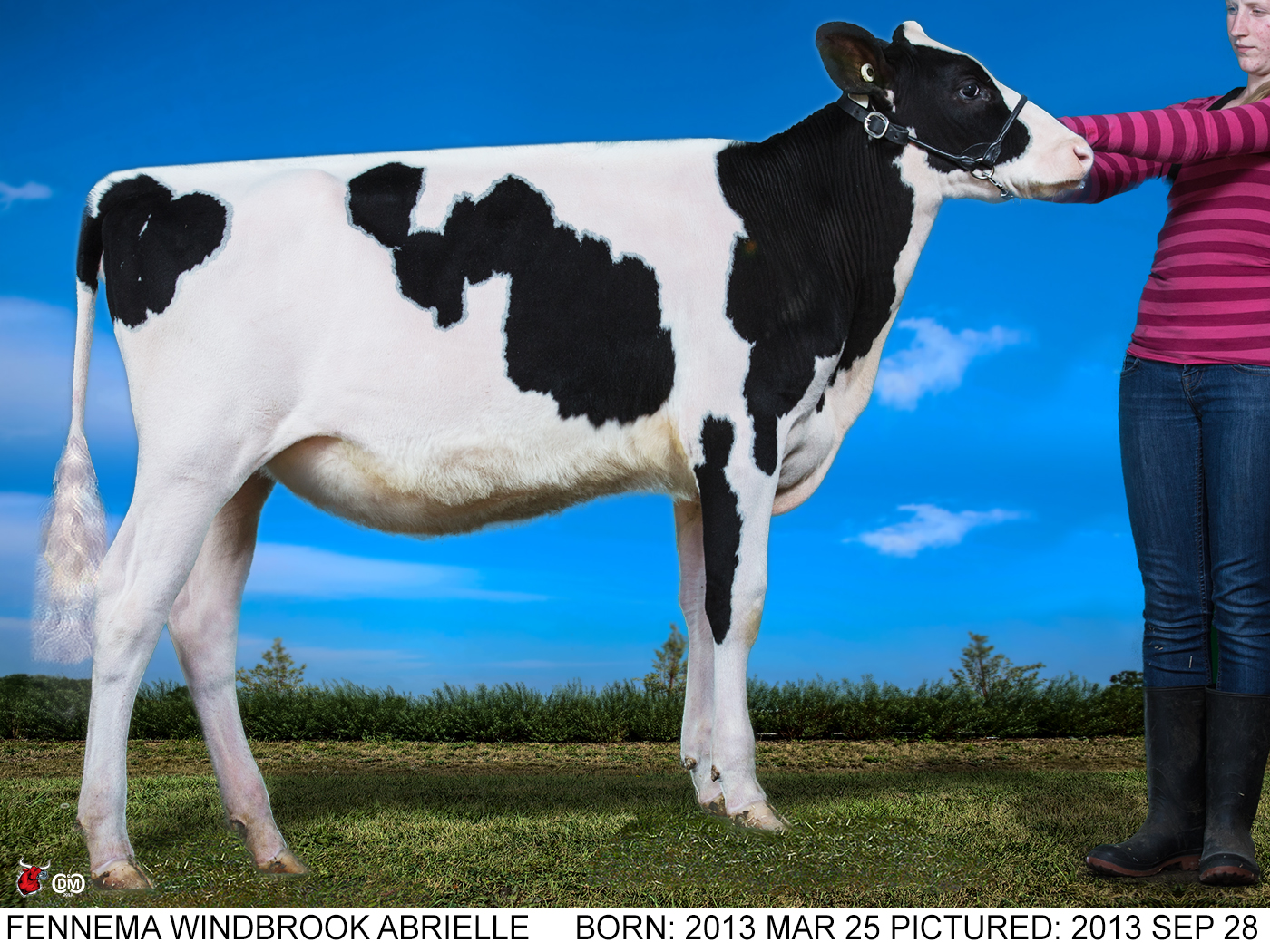
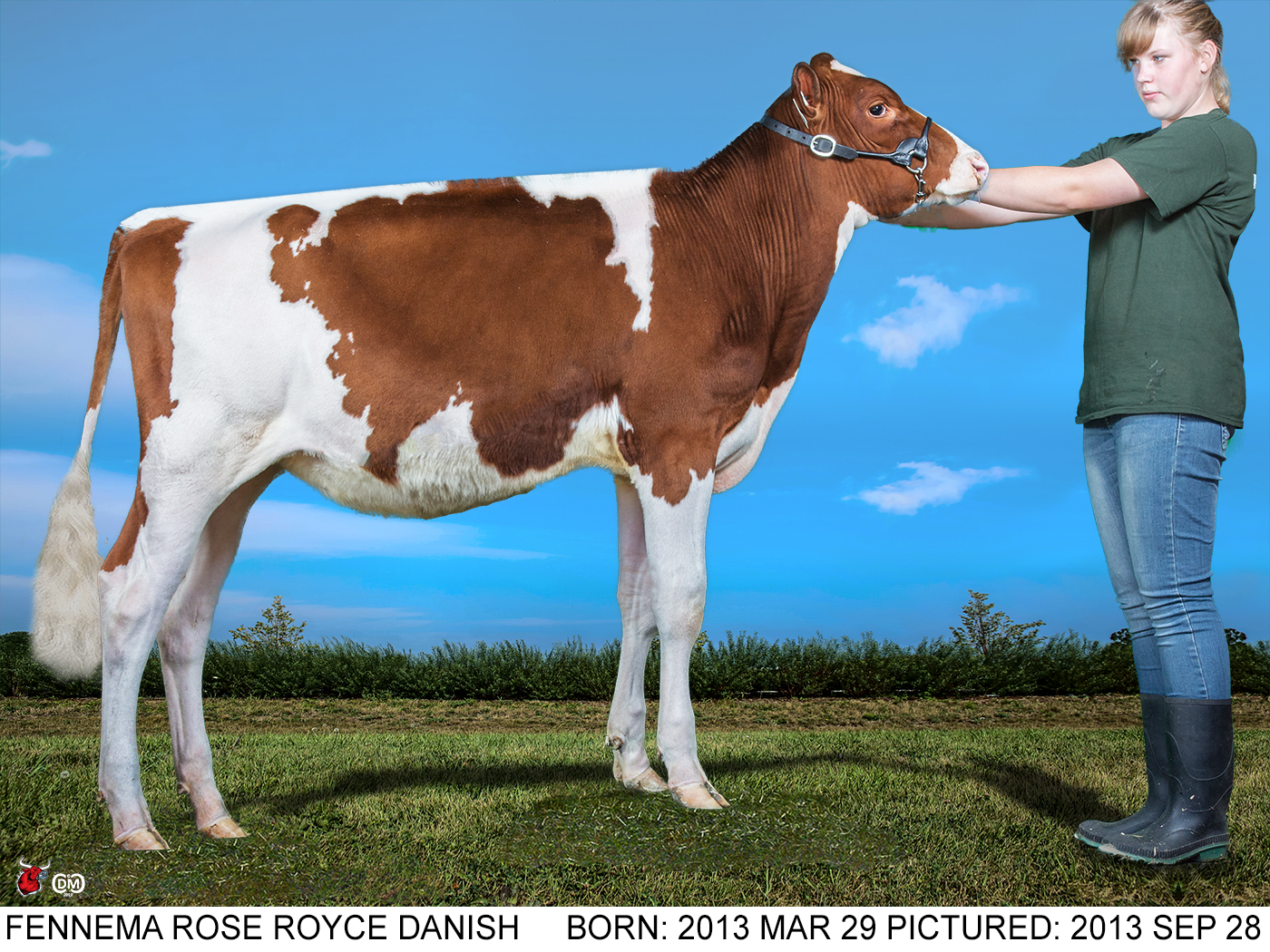
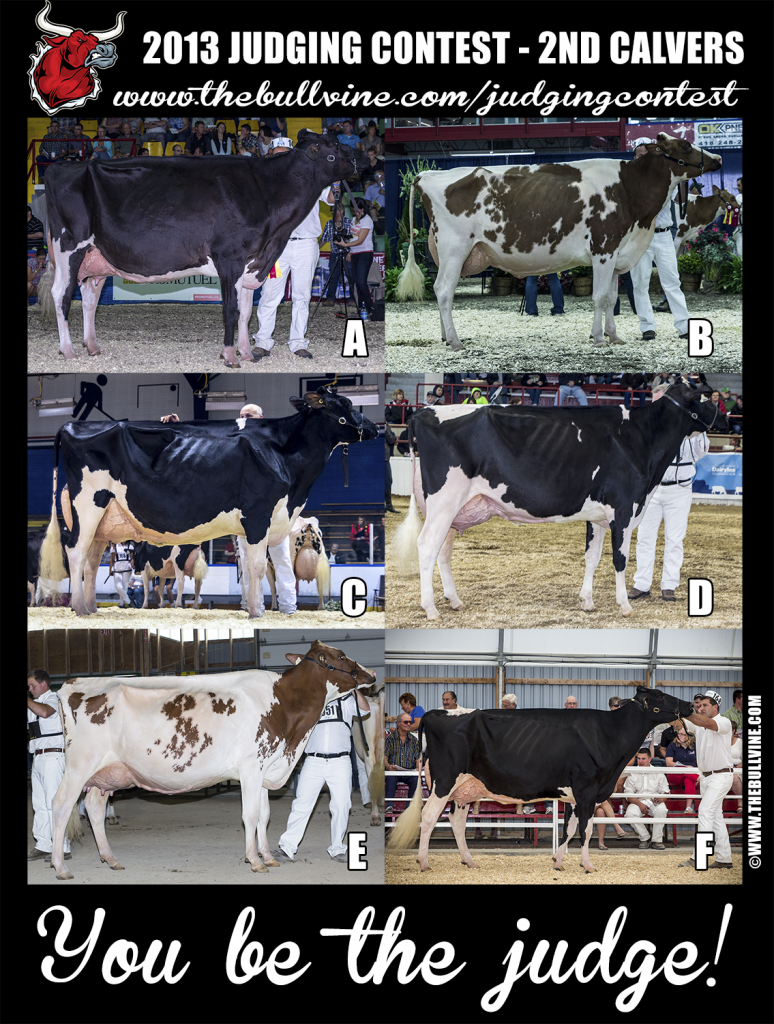

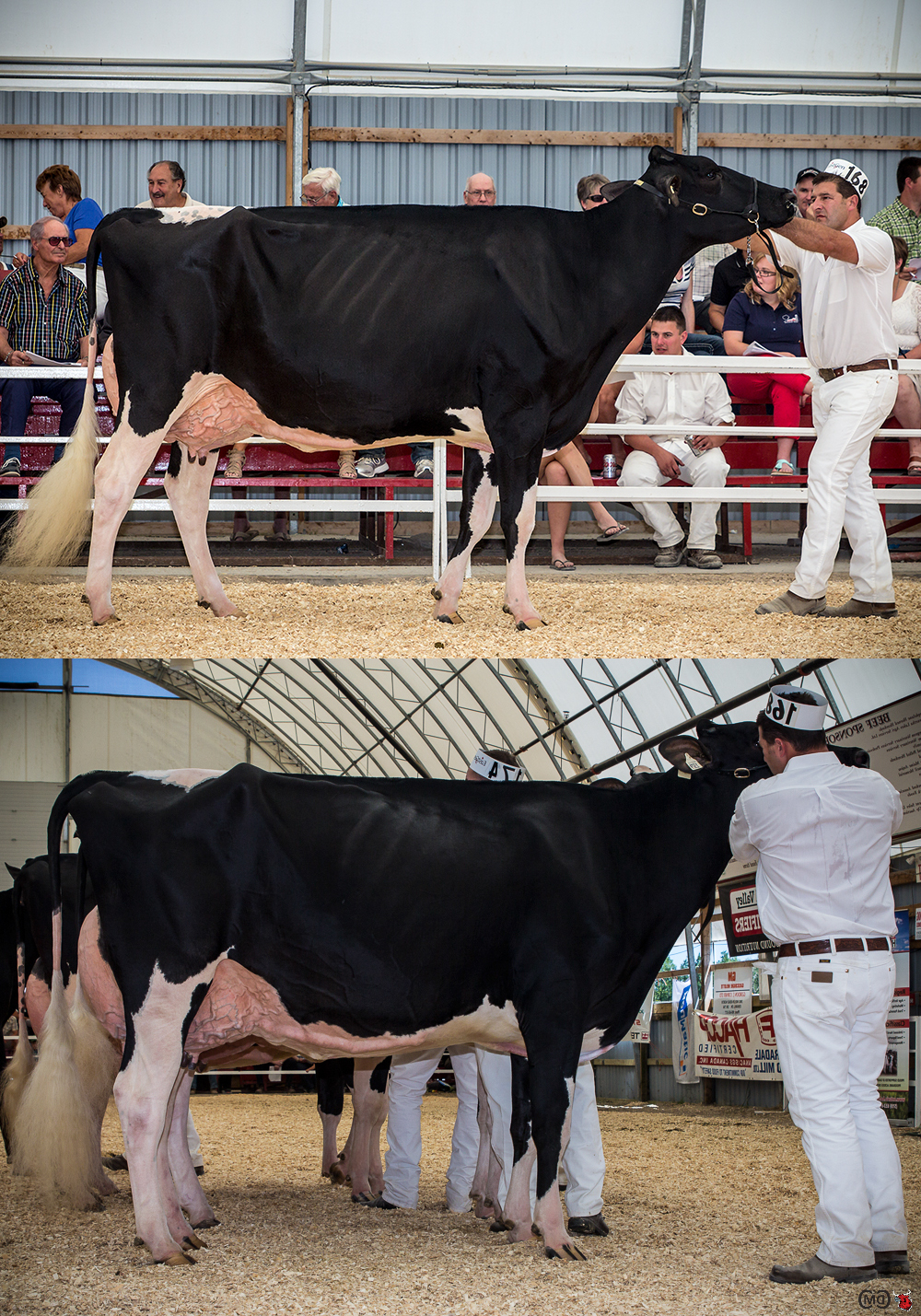
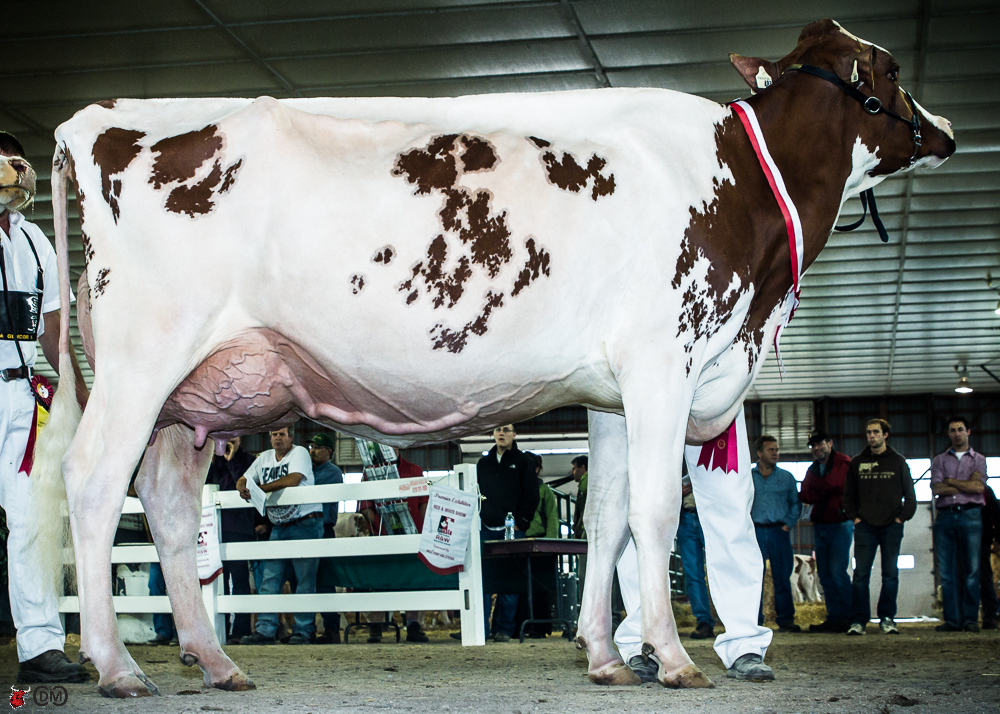
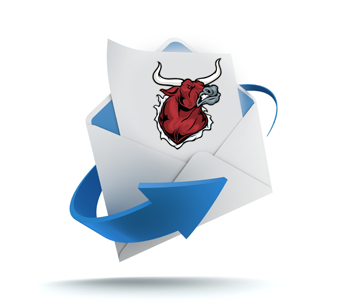
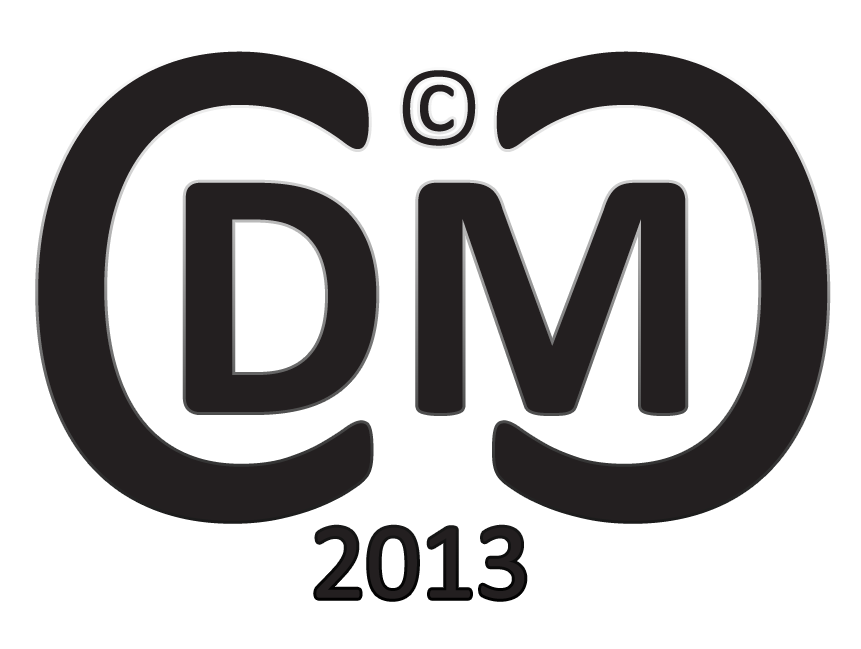
![7HO11781[1]](https://www.thebullvine.com/wp-content/uploads/2013/05/7HO117811.jpg)
![bigpc[1]](https://www.thebullvine.com/wp-content/uploads/2013/04/bigpc1.gif)
